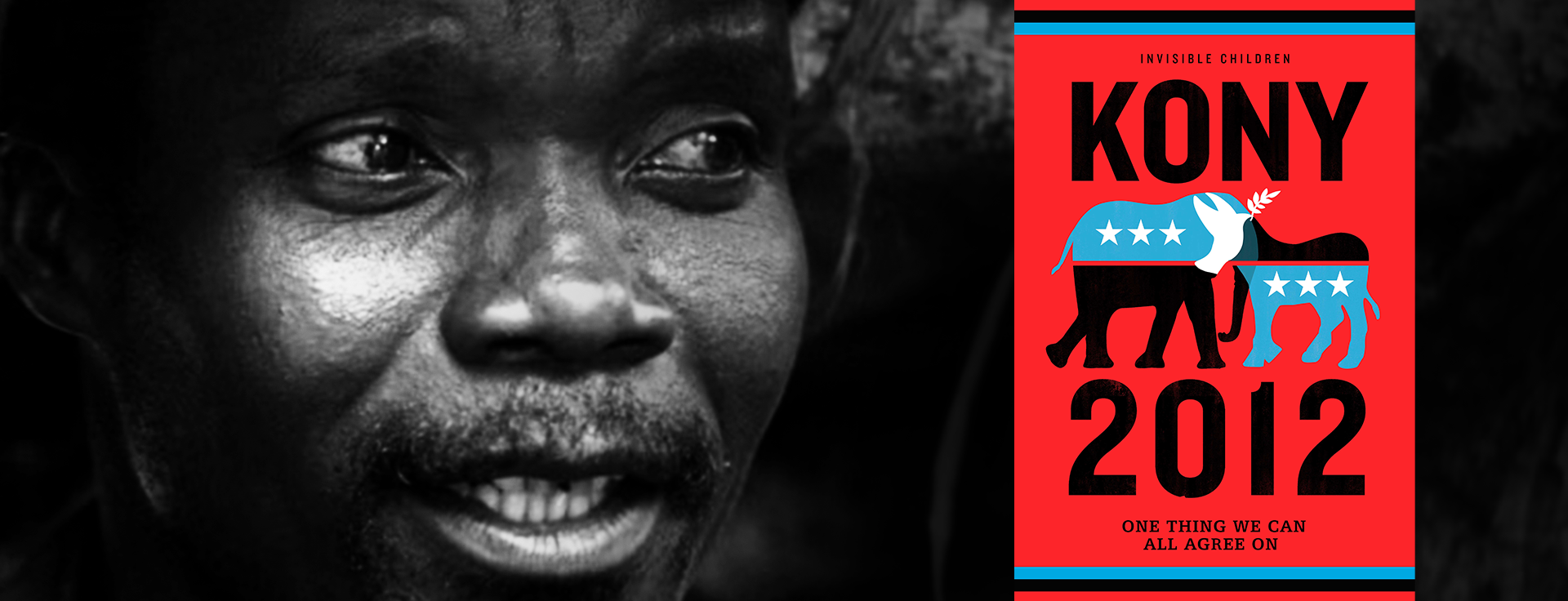Carved into the theoretical Mount Rushmore of most horrifying humans would be Adolph Hitler, Osama bin Laden, Genghis Kahn, and… Joseph Kony? While the first three inductees are immortalized in history books, the last is an outlier. Kony was made famous by social media’s ability to go viral.
In 2012, filmmaker Jason Russell created a documentary-style YouTube video highlighting the atrocities of the Ugandan guerilla group leader. In, Kony 2012, Russel attempts to raise awareness and, ultimately, get viewers to take political action. Within a week, the video was viewed over 112 million times. Since then, it has been deemed a landmark moment in social media activism, offering valuable lessons on how digital platforms should, or shouldn’t, be leveraged for public good.
Because of Russell’s oversimplification of a complex political situation, the Kony campaign fizzled fast. What remains, however, are a number of valuable lessons that digital activists can take a way. Here are six:
- Spreadability: Kony 2012 is almost 30 minutes long, which is unusual for online videos. Despite this deviation, it was easy to share. Viewers quickly posted links to their Twitter, Facebook, and MySpace pages, making it one of the most viral videos of its time. The campaign demonstrated how a compelling narrative, combined with strategic social media engagement, can spread rapidly.
- Mobilizing Online Communities: “Propagativity,” which refers to the motivation of users to share content, was incredibly effective. Social media allowed millions of people to participate in activism with minimal effort. For example, The Invisible Children Facebook page reached over three million likes by 2013. Unfortunately, this also raised concerns about "slacktivism,” where the level of online engagement didn’t translate into meaningful offline action.
- Emotional Storytelling: Russell uses a first-person narrative that helps to build trust and establish an emotional connection with the audience. Some critics have argued that involving his young son, Gavin, was manipulative and in poor taste. By focusing on the plight of Ugandan children affected by Joseph Kony’s actions, though, Kony 2012 made the issue relatable and urgent.
- Influencer Endorsements: High-profile figures like Oprah Winfrey and Rihanna amplified the campaign’s reach by sharing the video and promoting the cause. Undoubtedly, these influential voices helped to quickly raise awareness. The lesson here? When in doubt, convince somebody famous to endorse your cause.
- Risk of Oversimplification: While the campaign succeeded in making Kony famous, many argued that it oversimplified a complex geopolitical issue. Experts also claimed that Kony’s group had already become much less influential by 2012. Effective social media activism must balance accessibility, accuracy, and accountability.
- Sustaining Momentum: Despite its initial success, the campaign struggled to maintain long-term engagement. This highlights the challenge of keeping social movements alive beyond their viral moment.
Was Kony 2012 a success? Ultimately, it’s a case study for both the potential force, and apparent pitfalls of social media activism. There’s no doubt that, today, digital platforms can mobilize global audiences and incite people to take action. Kony 2012 helps to underscore the importance of storytelling, the ease of sharing, and influencers in creating viral moments. But it also taught us that authenticity, offline action, and realistic goal setting are crucial to sustaining online engagement.

No Comments.